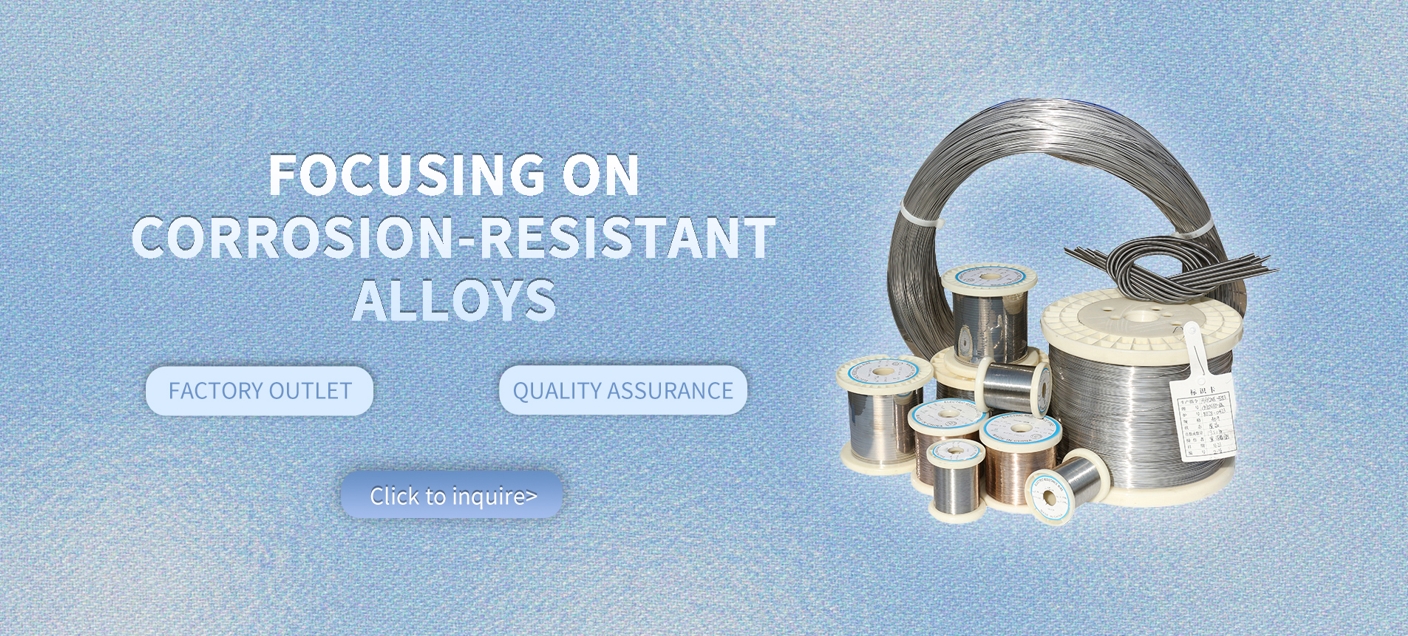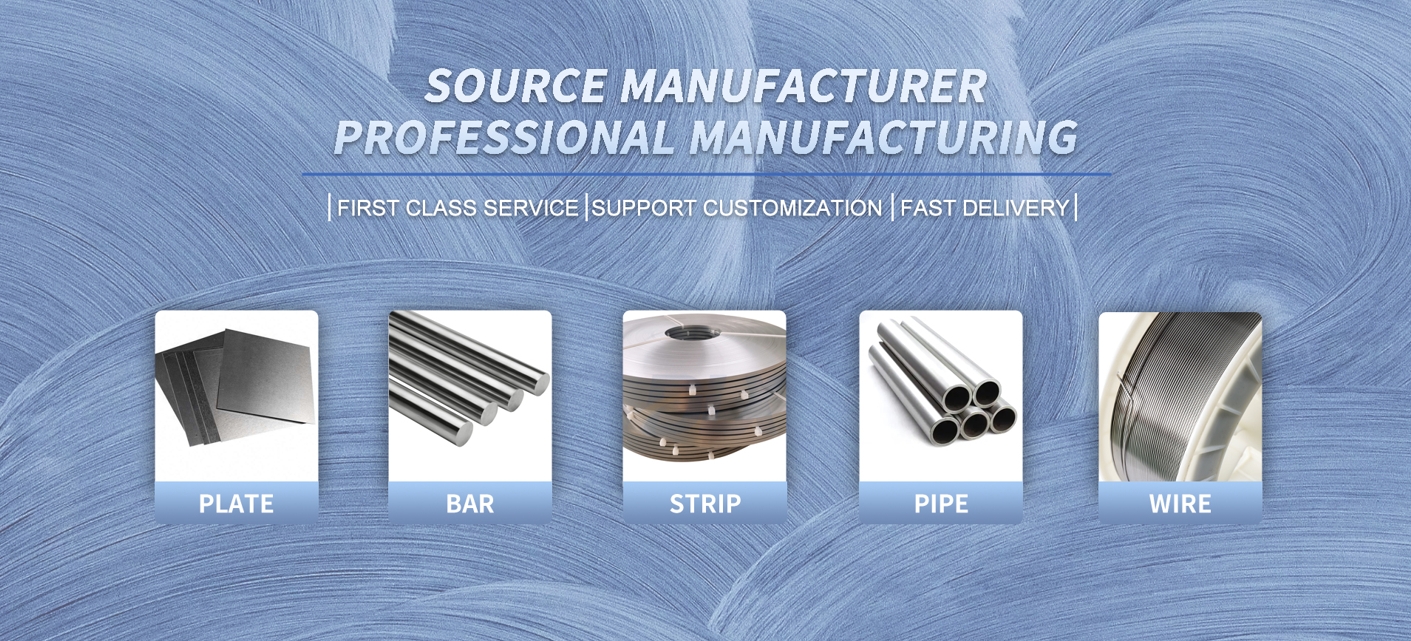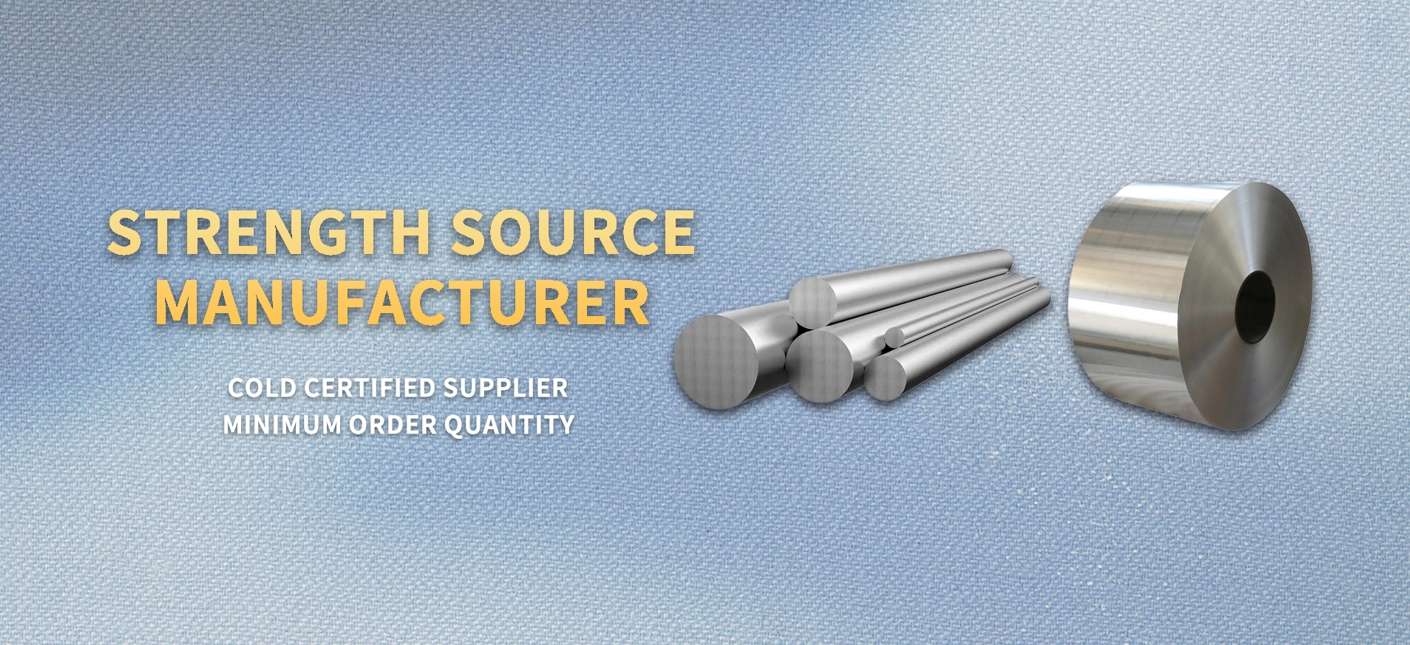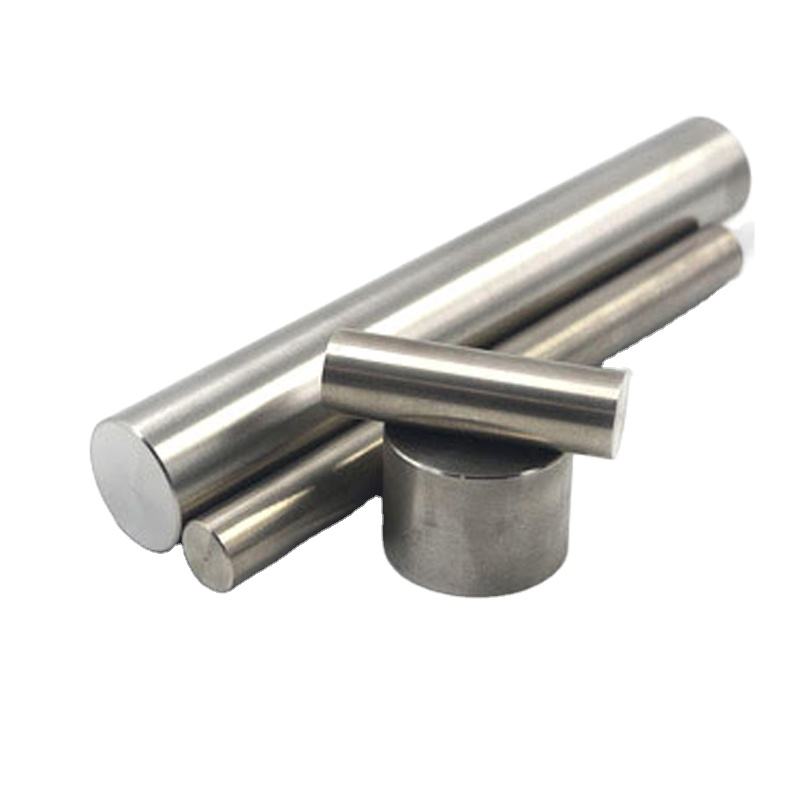Durable Copper Nickel CuNi2 Bar for Offshore Structures
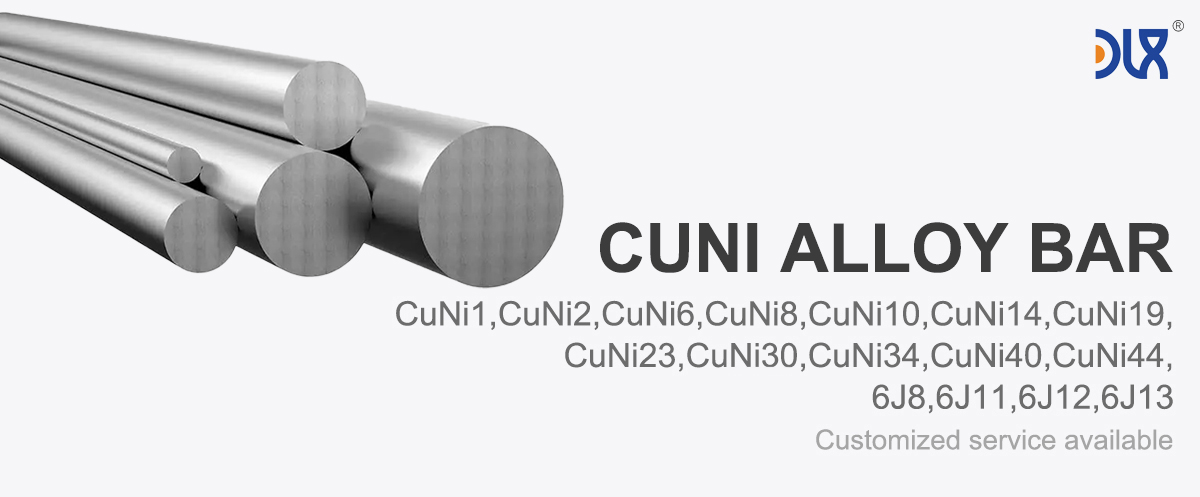
The CuNi2 8 23 bar is a versatile copper-nickel alloy designed for offshore structures and marine applications. With nickel content ranging from 2% to 23%, it combines moderate corrosion resistance with solid mechanical strength, making it a cost-effective choice for industrial and marine projects.
DLX produces CuNi2 8 23 bars with advanced metallurgical processes, ensuring uniform composition, precise dimensions, and superior surface finish. These bars are engineered to perform reliably under harsh seawater exposure, making them ideal for offshore platforms, pipelines, and structural components.
For more details, pls directly contact us.
The offshore and marine industries face challenging environments, where materials are constantly exposed to saltwater, high flow rates, and biofouling. Copper-nickel alloys like CuNi2 8 23 have long been the material of choice due to their natural corrosion resistance and durability.
With growing investments in offshore energy, naval infrastructure, and coastal desalination facilities, the demand for copper-nickel alloys is expanding. CuNi2 8 23 offers a cost-efficient solution for applications that do not require the higher nickel content of CuNi14, CuNi19, or CuNi34 but still demand reliability in seawater conditions.
-
Offshore Structures – Ideal for pipelines, risers, and structural supports exposed to seawater.
-
Marine Engineering – Suitable for shipbuilding components, seawater condensers, and pump systems.
-
Desalination Plants – Used in piping and heat exchangers handling seawater.
-
Power Generation – Applied in cooling water systems at coastal power plants.
-
Chemical Processing – Useful in systems exposed to moderately corrosive liquids.
Parameter:

|
Properties Material |
Resistivity 200c μΩ.m |
Max working temperature (℃) |
Tensile strength (Mpa) |
Melting point (℃) |
Density (g/cm3) |
TCR *10-6/℃ (20-600℃) |
EMF vs Cu (μV/℃) (0-100℃) |
|
0.03 |
200 |
210 |
1085 |
8.9 |
<100 |
-8 |
|
|
CuNi2 |
0.05 |
200 |
220 |
1090 |
8.9 |
<120 |
-12 |
|
0.1 |
220 |
250 |
1095 |
8.9 |
<60 |
-18 |
|
|
CuNi8 |
0.12 |
250 |
270 |
1097 |
8.9 |
<57 |
-22 |
|
0.15 |
250 |
290 |
1100 |
8.9 |
<50 |
-25 |
|
|
CuNi14 |
0.2 |
300 |
310 |
1115 |
8.9 |
<30 |
-28 |
|
0.25 |
300 |
340 |
1135 |
8.9 |
<25 |
-32 |
|
|
CuNi23 |
0.3 |
300 |
350 |
1150 |
8.9 |
<16 |
-34 |
|
0.35 |
350 |
400 |
1170 |
8.9 |
<10 |
-37 |
|
|
CuNi34 |
0.4 |
350 |
400 |
1180 |
8.9 |
0 |
-39 |
|
0.5 |
400 |
420 |
1200 |
8.9 |
<-6 |
-43 |
|
Size Range |
|
|
Wire |
0.08-7.5mm |
|
Ribbon |
(0.05-0.35)*(0.5-6.0)mm |
|
Strip |
(0.50-2.5)*(5-180)mm |
|
Rod |
8-50mm |
For more details, pls directly contact us.
As offshore energy projects, desalination plants, and naval construction increase globally, the use of copper-nickel alloys continues to grow. Materials that balance cost with corrosion resistance are particularly in demand. CuNi2 8 23 fills this niche by offering durability for moderate marine and industrial conditions while remaining economical for large-scale projects.
CuNi2 8 23 is ideal for moderate environments, offering a balance of performance and cost. Compared with CuNi14, it has lower nickel content and is more suitable for less aggressive seawater exposure. CuNi19 and CuNi34 provide higher strength and corrosion resistance, suitable for extreme conditions but at higher costs. Selecting the right alloy depends on project requirements, exposure levels, and budget considerations.
Comparison Table
| Property | CuNi2 8 Bar | CuNi14 Bar | CuNi19 Bar | CuNi34 Bar |
|---|---|---|---|---|
| Nickel Content (%) | 2–23 | ~14 | ~19 | ~34 |
| Corrosion Resistance | Good in seawater | Excellent in seawater | Excellent in high-flow seawater | Superior in extreme conditions |
| Mechanical Strength | Moderate | High | Very High | Very High |
| Weldability | Excellent | Excellent | Excellent | Good |
| Biofouling Resistance | Moderate | Strong | Strong | Strong |
| Typical Applications | Offshore structures, piping | Marine piping, condensers | Heat exchangers, power plants | Offshore and marine equipment |
DLX stands out as a supplier of premium CuNi2 8 23 bars, providing products that meet strict quality standards. Our manufacturing ensures consistent alloy composition, excellent surface finish, and precise dimensional control.
We offer tailored solutions for custom sizes, tolerances, and finishes, ensuring that each bar meets client specifications. Our engineering team collaborates closely with customers to provide technical guidance, optimizing material selection and application.
DLX’s global logistics network guarantees timely delivery, crucial for large offshore and marine projects. Reliable supply reduces project delays and helps maintain schedules, giving clients confidence in our partnership.
-
Offshore Oil Platform – DLX supplied CuNi2 8 23 bars for seawater piping systems, providing long-term corrosion resistance and reducing maintenance.
-
Coastal Desalination Plant – Our bars were used in pipelines and condensers exposed to continuous seawater, ensuring reliability and performance over years of operation.
The demand for copper-nickel alloys will continue to rise as offshore energy, desalination, and naval infrastructure projects expand. CuNi2 8 23 will play an essential role in applications requiring moderate corrosion resistance and mechanical strength while maintaining cost efficiency.
DLX remains committed to innovation, quality control, and customer-focused solutions. By investing in advanced production techniques and strict standards, we ensure that our clients receive the best-performing CuNi2 8 23 bars for their projects.CuNi2 8 23 bars deliver corrosion resistance, durability, and cost-effective performance for offshore structures, marine systems, and industrial applications.
DLX provides these materials with precision, reliability, and global support, ensuring that clients can trust our bars for long-term performance in demanding seawater and industrial environments.
For more details, pls directly contact us.
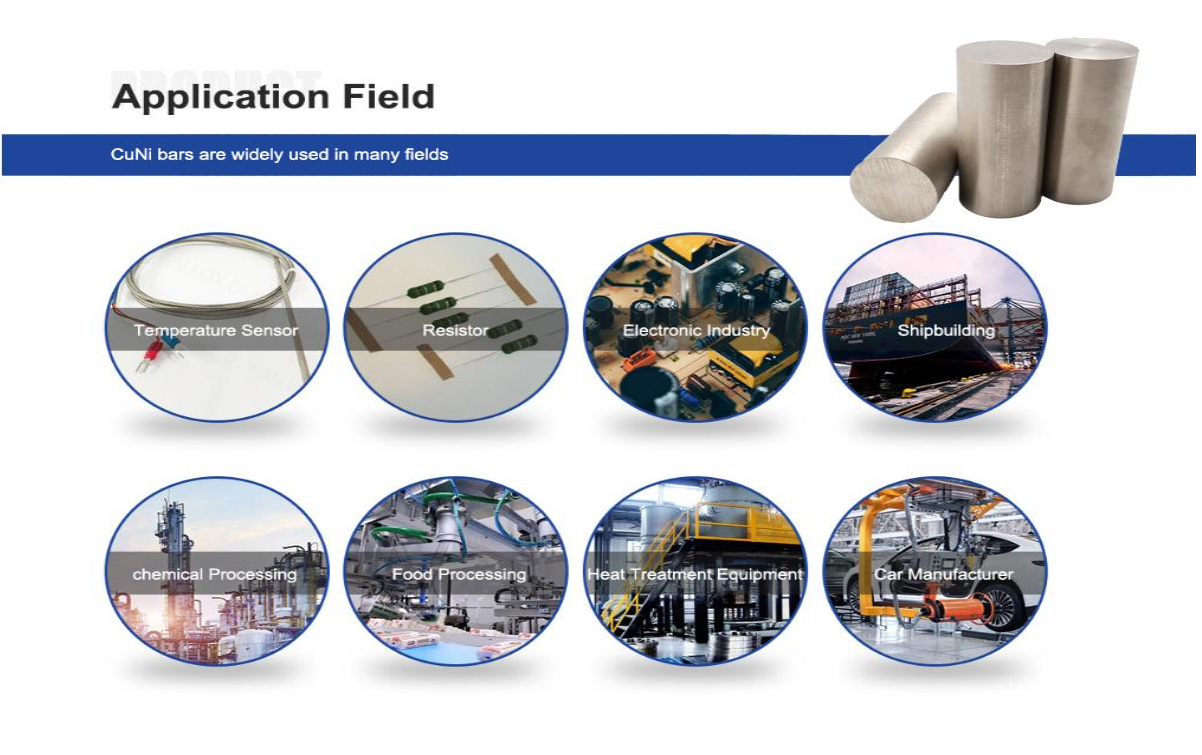


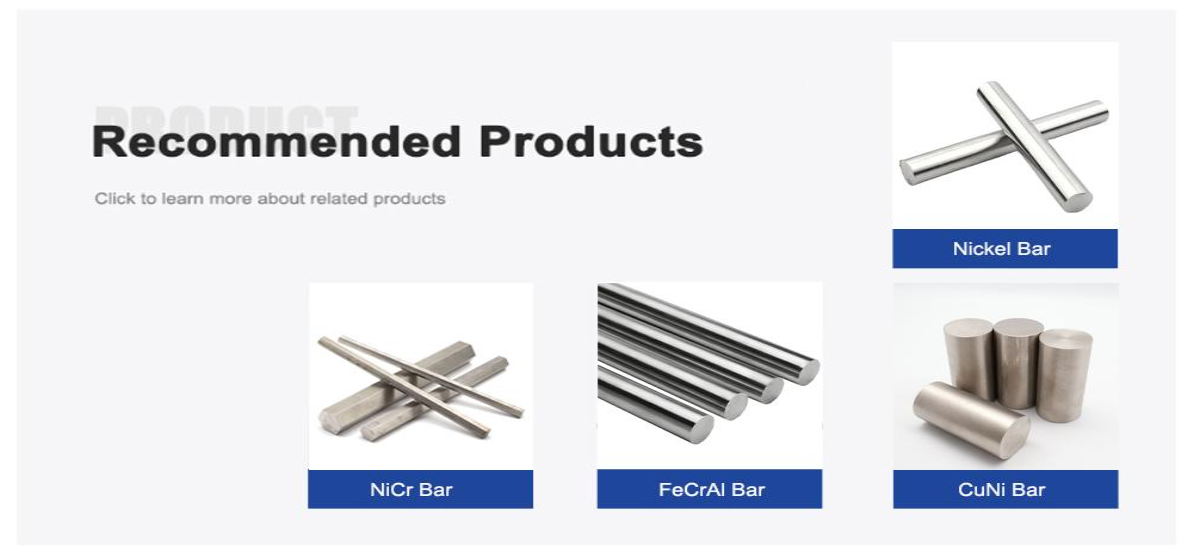
About Us:
Our 12,000㎡ factory is equipped with complete capabilities for research, production, testing, and packaging. We strictly adhere to ISO 9001 standards in our production processes, with an annual output of 1,200 tons. This ensures that we meet both quantity and quality demands. Furthermore, all products undergo rigorous simulated environment testing including high temperature, high pressure, and corrosion tests before being dispatched, ensuring they meet customer specifications.
For all our clients, we offer timely and multilingual after-sales support and technical consulting, helping you resolve any issues swiftly and efficiently.
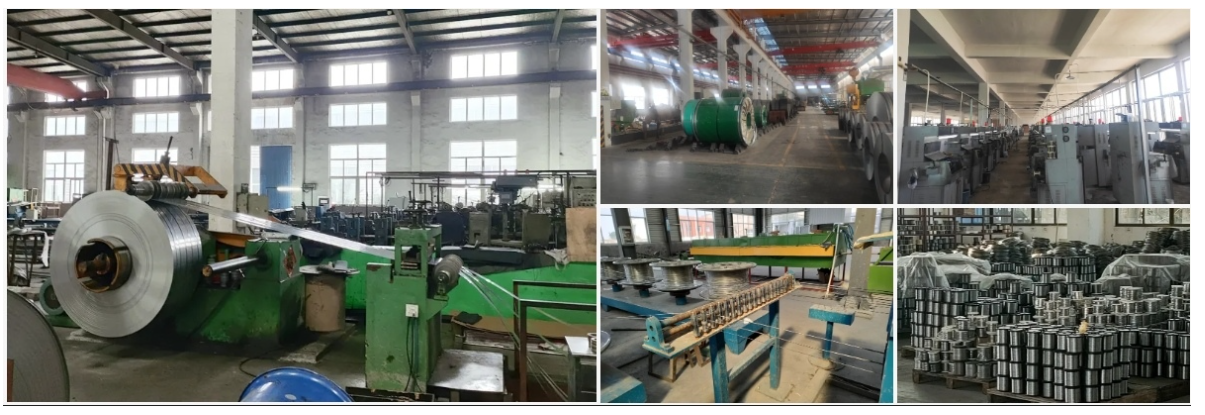
Client Visits
Building Stronger Partnerships
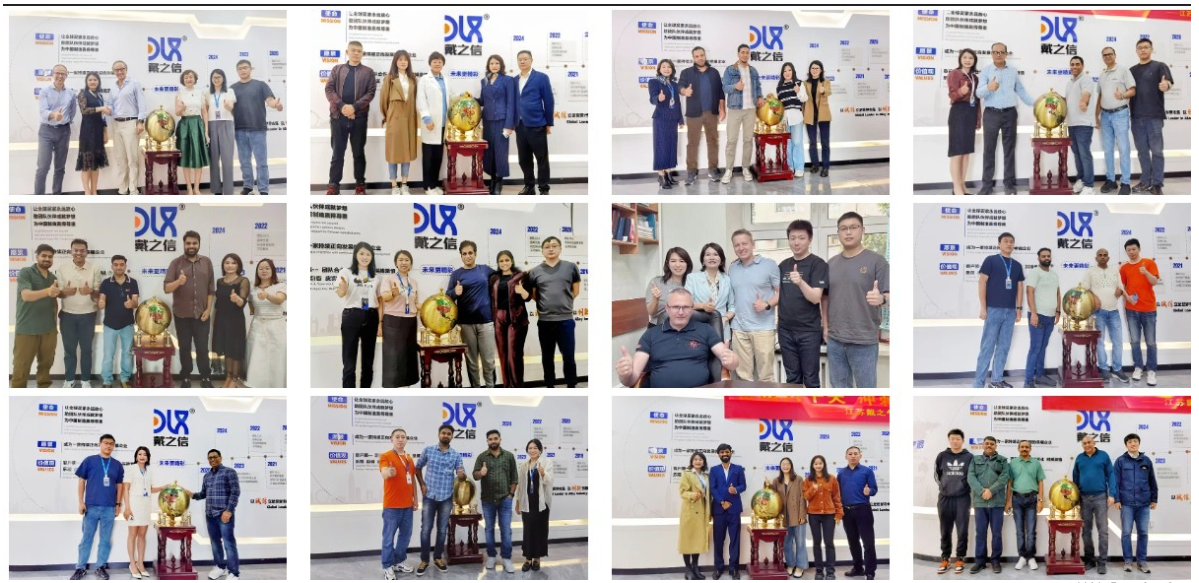
We support all kinds of testing:
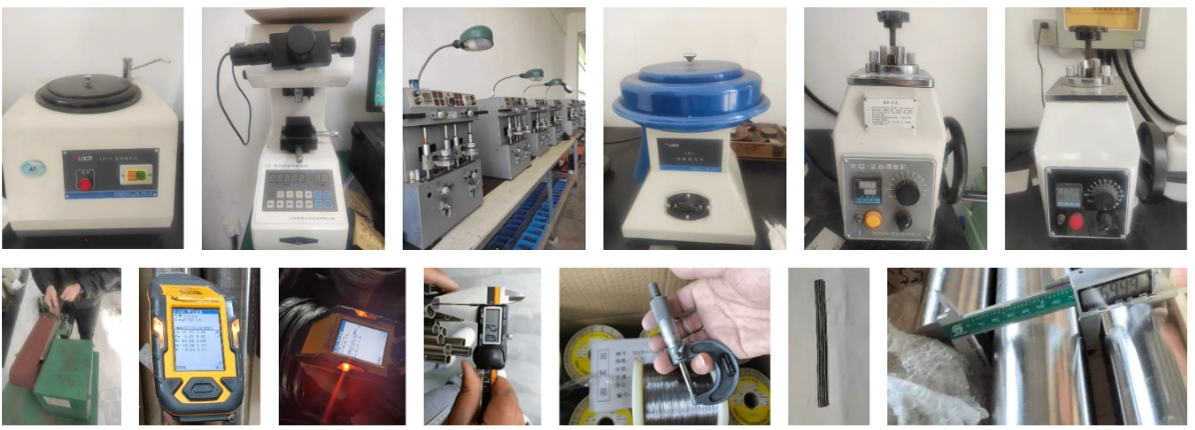

FAQs:
-
What is CuNi2 8 23 bar made of?
It is a copper-nickel alloy containing approximately 2–23% nickel, designed for corrosion resistance and mechanical durability. -
Why is CuNi2 8 23 bar used in offshore structures?
It provides excellent resistance to seawater corrosion, biofouling, and stress cracking, making it ideal for marine and offshore applications. -
Can CuNi2 8 23 bars be welded and fabricated?
Yes, they have excellent weldability and can be machined, bent, or shaped with standard industrial techniques. -
How does CuNi2 8 23 perform under high-velocity seawater?
It resists erosion and cavitation, ensuring long-lasting reliability in pipelines, risers, and cooling systems. -
What industries commonly use CuNi2 8 23 round bars?
Marine engineering, offshore oil and gas, desalination plants, power generation, and chemical processing. -
What standards govern CuNi2 8 23 alloy bars?
They are manufactured under ASTM, EN, and DIN standards for copper-nickel alloys. -
How does CuNi2 8 23 compare with CuNi14 or CuNi19?
CuNi2 8 23 offers moderate corrosion resistance and strength, suitable for less demanding seawater applications, while CuNi14 and CuNi19 provide higher nickel content for extreme conditions. -
Does CuNi2 8 23 reduce maintenance costs?
Yes, its durability and corrosion resistance lower the frequency of replacements and repairs in offshore and marine systems.
